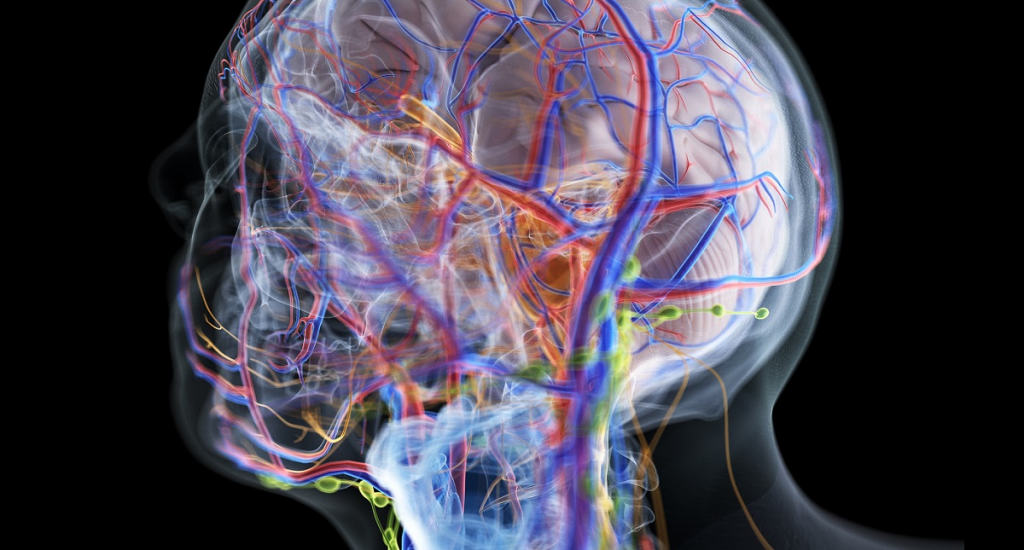Max Hodak left Neuralink in 2021 and now has made a comeback with a new brain-computer interface startup, and it’s working on a next-generation prosthetic eye that he hopes will both provide a new treatment for blindness and help in virtual and augmented reality.
In a recent interview with Futurism, Hodak mentioned about his company Science Corp’s “Science Eye.” The technology combines gene therapy with a microLED display over the retina to restore vision.

The Science Eyes have already been implanted in some bunnies, which he says are “doing well.” Human trials are still pending — “eighteen months, hopefully!” — but he thinks a variation on the tech using “different underlying technology, not the microLED film” could lead to an immersive virtual experience.
“We think we see a way to create what ends up as the ultimate AR/VR display technology without meaningful surgery,” Hodak told Futurism.

Science Corp, Hodak emphasized, is “extremely different” from Neuralink. The second-highest-funded brain-computer interface company with $160 million in capital.
“The technical approach we’re developing is extremely different from what Neuralink was doing,” he told us. “Ultimately, though, our vision goes well beyond just clinical visual prostheses. But we want to let ambition grow with success rather than making big statements about things we may or may not do in the future at this point.”


